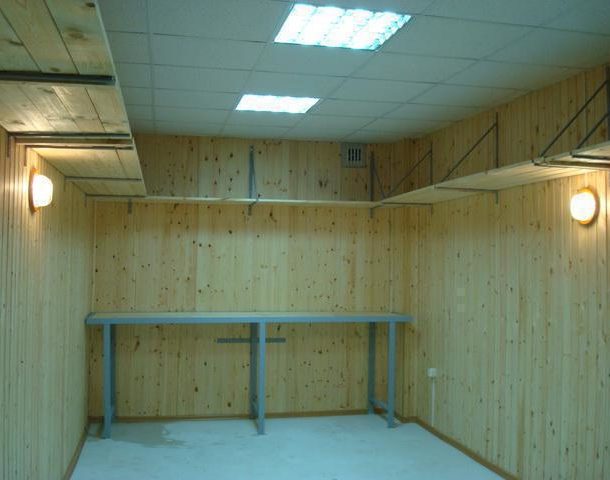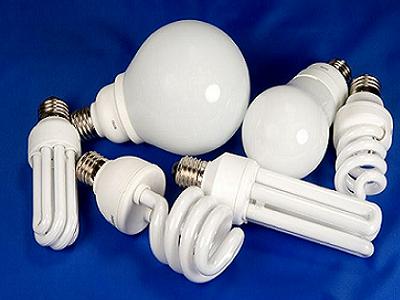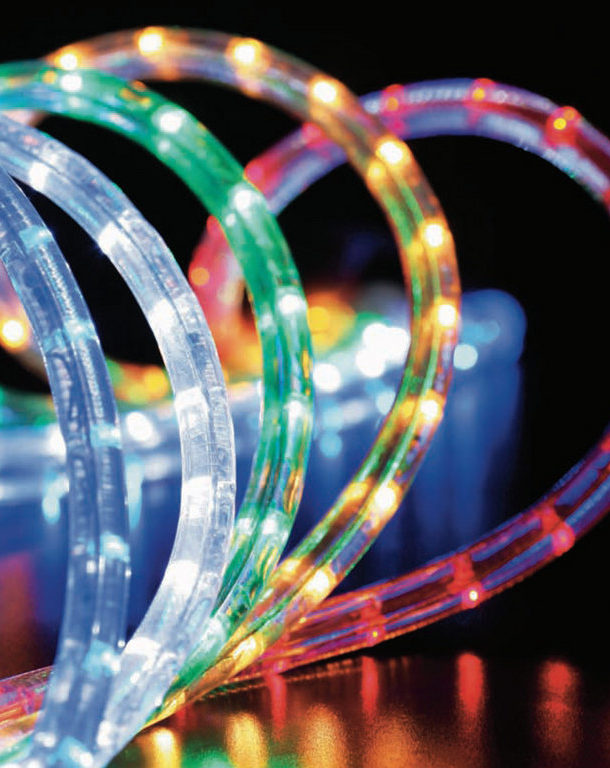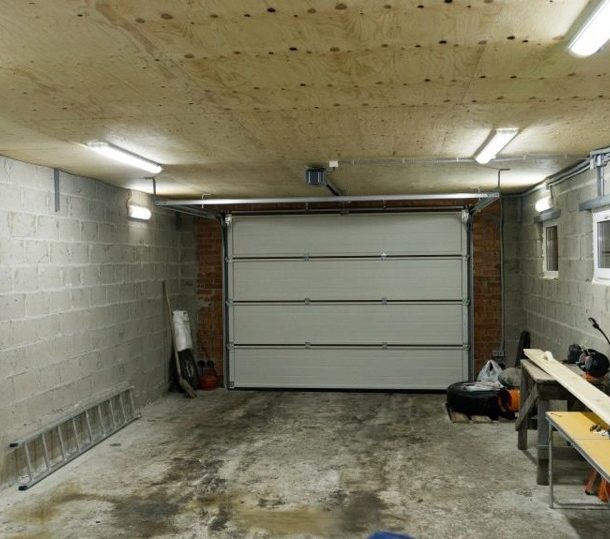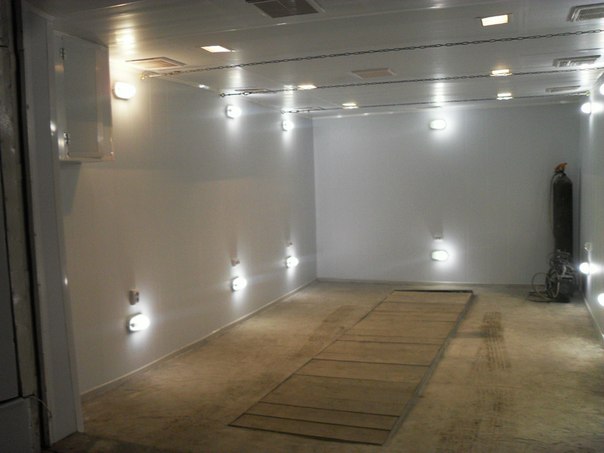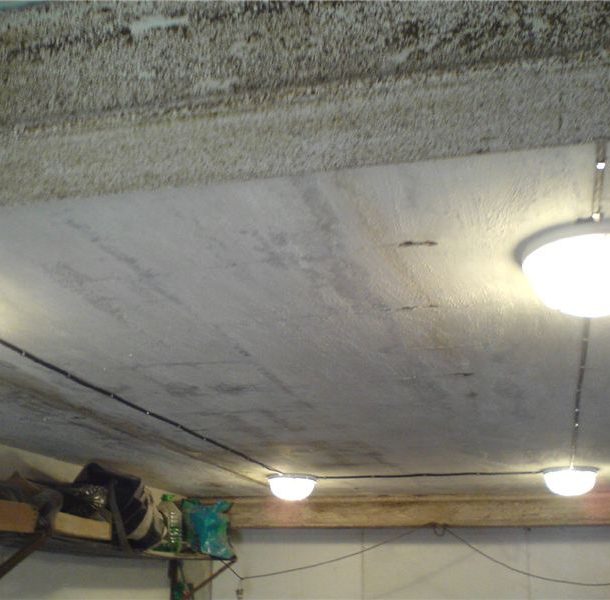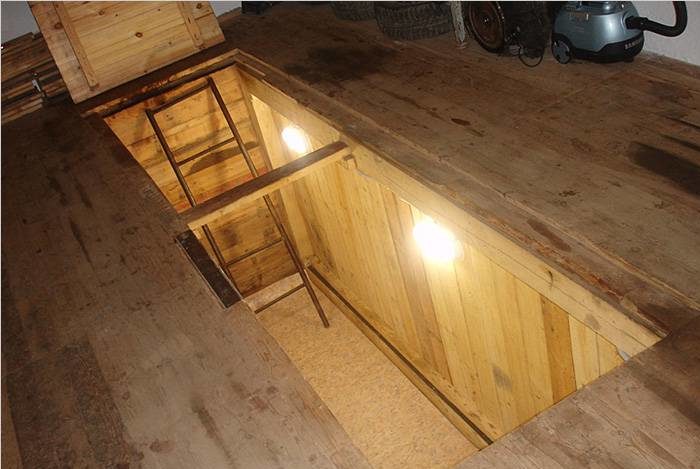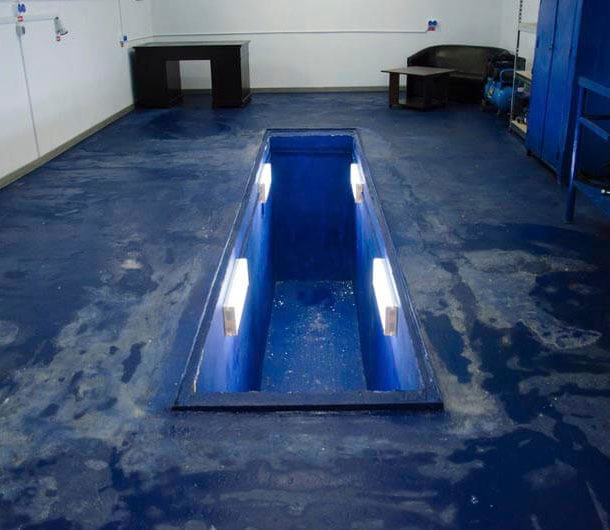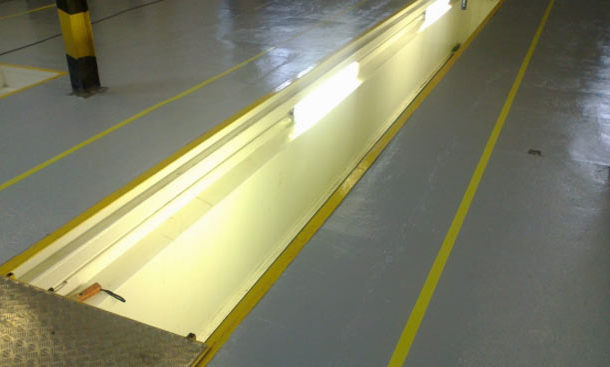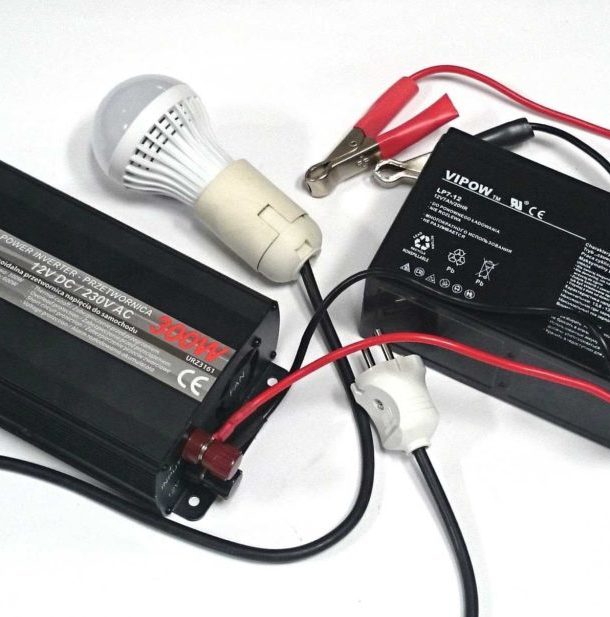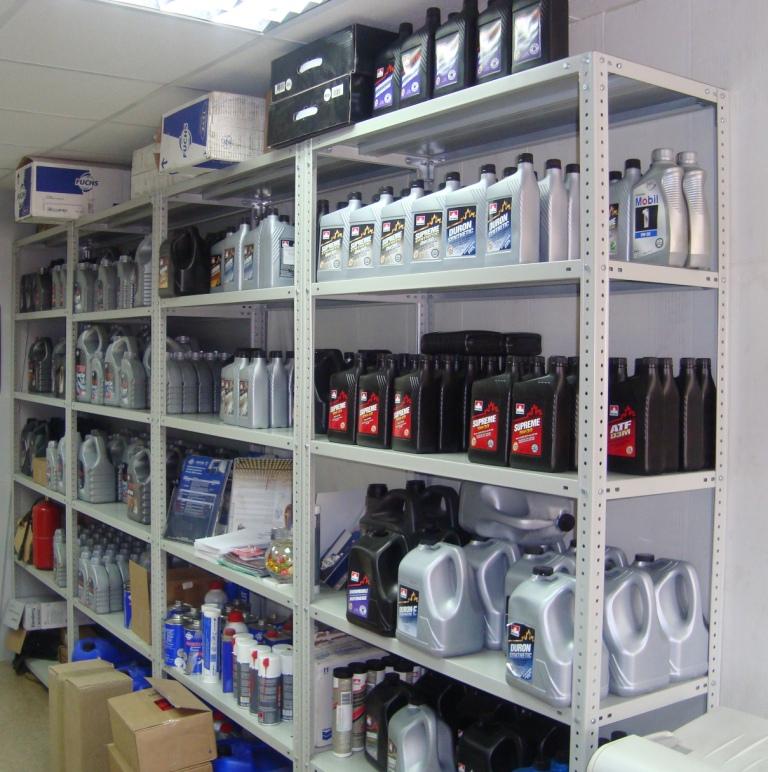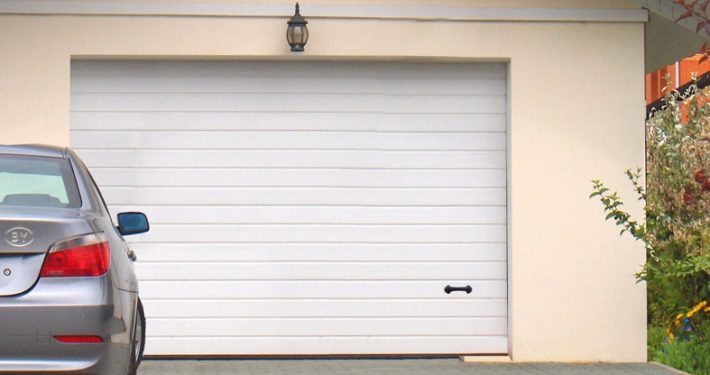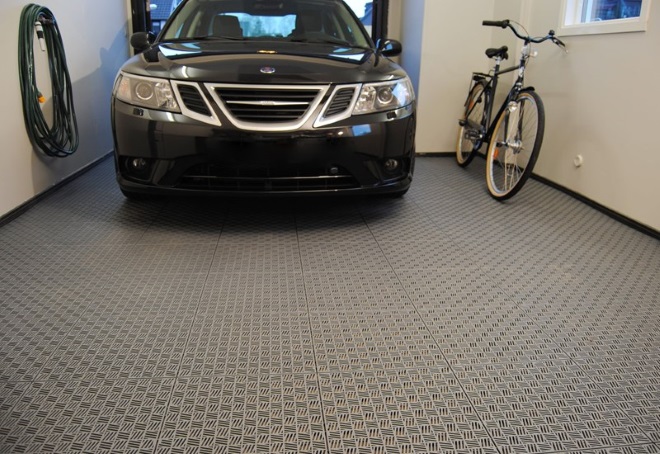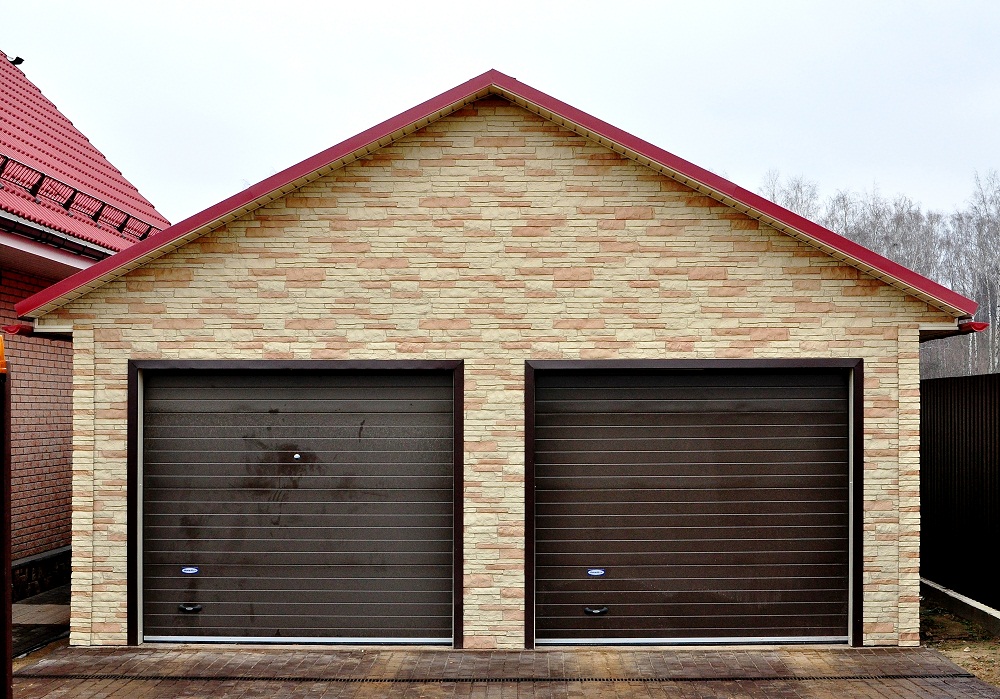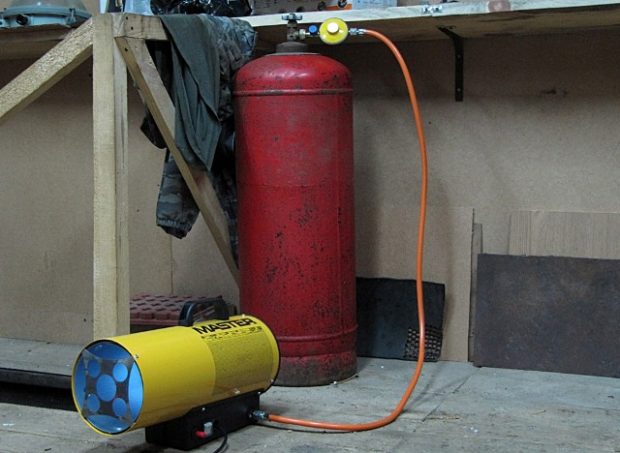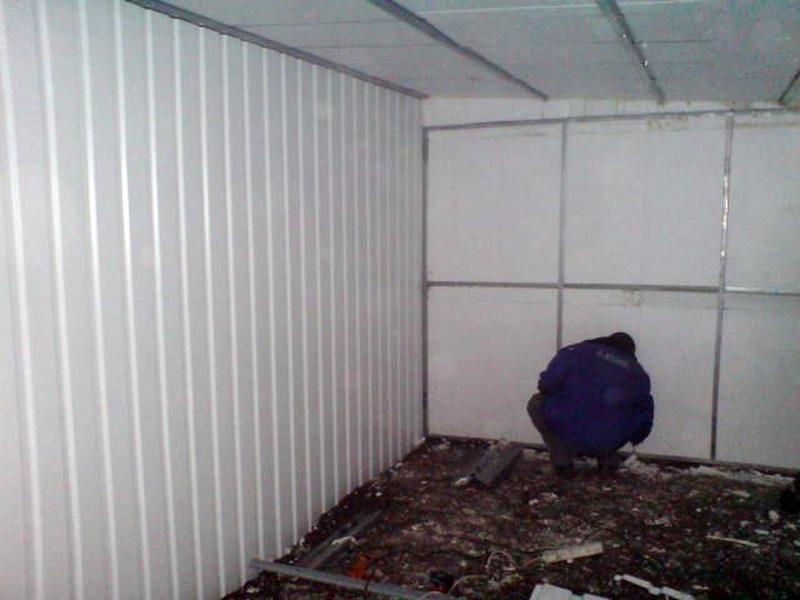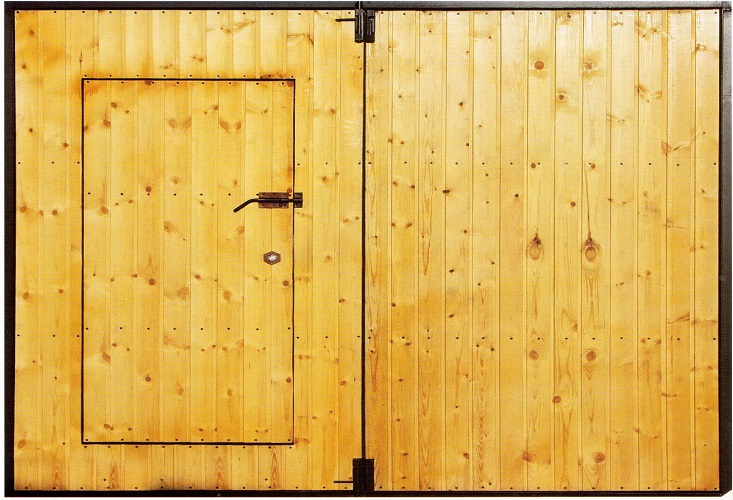6 Garage Lighting Tips
A garage for a man is more than just an auxiliary building. We can say that this is like a kitchen for a real housewife - all objects have their own place, the space is organized competently and practically. Indeed, many use the garage not only as a parking place for the car, but also as a small workshop. In any case, for comfortable use, the room should have a well-designed lighting system. However, organizing it yourself is not as easy as it might seem at first glance. Few people think that the garage belongs to rooms with increased fire hazard. In this regard, both the lamps themselves and the place of their installation put forward special requirements. In this article you will find 6 garage lighting tips, decide which fixtures are best suited for this purpose and why, and also learn a couple of simple ways how to organize emergency stand-alone lighting.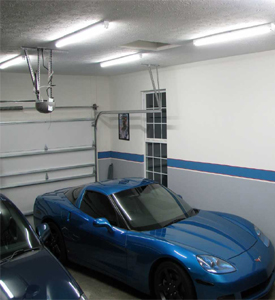
General lighting system requirements
The process of organizing lighting in a garage is by no means different from thinking out a light map for a living room. So that you can work comfortably and generally use the space of the garage, one lamp located in the center of the ceiling will not be enough. This is due to simple requirements which are relevant for lighting systems in rooms where there is no natural light source.
- Light should spread evenly and cover the entire area without leaving dark, unlit corners;
- The power of the light flux should be sufficient;
- It is best to combine ambient light from a ceiling light with directional light fixtures. It is also worth considering at least one portable lamp;

- If the garage has a working area, it is necessary to organize an additional lamp for its full lighting. This is about workbenches, fromtool racks etc.;
- It is very important that the light is not reflected from the work surface and does not blind the performer;
- To make the lighting more rational, mentally divide the garage space into functional zones. Perhaps it will be much better and more convenient if the main lamp is not one and is not located in the center of the ceiling, but directly above the hood and above the trunk of your car. Thus, during parking you will be able to control the process to the maximum. And during minor repairs, adding oil and other liquids, it will be much more convenient for you, as well as unloading / unloading things in the trunk;
- If your garage is metal, be sure to provide grounding for the entire circuit;
- Remember that a lot of car fluids that are flammable and flammable can be stored in the garage. Therefore, lighting should be safe. The wiring itself must be hidden in special corrugations or pipesif it passes outside the wall. Would be preferable hidden wiring systems. But to do this after the garage is fully built is problematic;

- Light bulbs should be selected for safety reasons (do not form a spark during burnout) and economy;
- Local and general lighting must be able to independently turn on;
- If in switchboard free space remains, be sure to give it under sockets. Over time, you will say thank you for this to yourself;
- If your garage already has several light sources, but you still decide to upgrade or add a couple more points, be sure to evaluate the condition of the wiring. Do not skimp on replacing old aluminum wiring with copper. Note that for a light point, a wire with a cross section of 1.5 mm is selected, and for outlets - 2.5 mm;
- It will be safer and more economical to use a step-down transformer, which is installed on the panel. This will make it possible to use low-power fixtures;

- If your lighting system includes a streetlight, be sure to connect a motion sensor to it. Thus, it will be possible to save on electricity consumption.
What type of lamp to choose?
Not all types of lamps are suitable for use in a garage. Our task is to choose a lamp that will:
- Economical;
- Safe;
- Have protection against moisture and dust;
- To maintain working capacity at temperature differences.
Most often in the garage you can find such types of lamps:
- Incandescent lamp. Previously, when there were no alternative options, absolutely every garage owner used just such a lamp, which lonely hung above the gate in a thick glass bulb with a metal grill around. In such a simple way, the lamp was protected from adverse factors and accidental mechanical influences. The only advantage in this case is the cost of the lamp and the ease of installation. But you need to remember that incandescent lamps are less economical in comparison with the same LEDs and even with a higher power they create a less bright, uneven light flux. Therefore, to date, such a method has outlived itself;

- An excellent alternative to an incandescent lamp would be energy-saving lamps, or so-called housekeepers. They have a long service life, are economical, easy to install, maintain their operability at any temperature and have three glow temperatures - cold, warm, neutral. The latter option is the most comfortable for perception by our organs of vision. Disadvantage can be called their value;

- Fluorescent Lamp It is a glass flask filled with an inert gas, mercury vapor and a phosphor. Such a source is energy efficient and is capable of emitting from 45 lumens per 1 watt of electricity. Often, fluorescent lamps are hidden in a protective box made of metal and plastic and could theoretically be the ideal light source for a garage. But! They are characterized by unstable operation at low temperatures (below + 5 ° C), or rather, the lamp may simply not light up. Therefore, they can only be used in heated rooms. In addition, the lamp light will be dim if there are frequent surges in the input voltage. This issue is resolved by using a stabilizer. And one more disadvantage is the presence of mercury vapor inside the lamp. If the lamp accidentally breaks, they instantly spread into the environment;

- Halogen lamps are not so powerful, they are capable of emitting a luminous flux of 15-22 lumens per watt. Their advantage and at the same time a disadvantage is the work from a voltage source of 12 volts, which requires the use of power supplies. Therefore, halogens are best used as local highlighting of individual zones. Their main disadvantage is the structural insecurity from dust, power surges and mechanical stress. And if you accidentally touch the lamp during operation, you can get a burn. Therefore, they are placed in a special glass shade;

- The best light source, which is very powerful and at the same time economical, is Light-emitting diode. They also have the highest cost, but it is more than justified. The LED is resistant to mechanical stress. You can use various variations of LED luminaires. For example, round LED lights, thanks to the shape of the lampshade, provide bright, diffused light. LED Strip Light can be used both as the main and as local lighting. For side lighting, you can use LED lamps, which resemble halogen lamps in shape. A great alternative would be LED duralight. It not only has a reliable protective shell that protects against moisture and dust, but can also be connected directly to a 220 volt network without any step-down transformers.

So, to summarize:
- More effective is the combined lighting;
- In heated rooms, fluorescent lamps can be used in combination with halogen or LED;
- In non-heated garages can not be used fluorescent. In this case, it is better to choose LEDs or energy-saving lamps;
- If you think that using diodes exclusively is very expensive, then you are mistaken. Yes, it is possible to purchase the fixtures themselves and have to spend a larger amount, but during operation due to low electricity consumption, their cost will pay off;
- Halogen lamps necessarily require additional protection. When this condition is met, they can be used as additional light sources.
How to position the lights?
To achieve uniform lighting, fixtures need set in a certain way:
- Ceiling lights in garages with a large area must be installed in two rows at the edges, at a distance of about 50 cm from the walls and 100 cm from each other;

- Garages with high ceilings are additionally equipped with wall lights. They can be both overhead and mortise. They must be placed below eye level so that they do not blind. At a height of about 1.5-1.8 meters;

- In small garages, you can completely abandon ceiling lights in favor of wall;
- Lamps to illuminate the working area should also be located below the eye level of a standing or sitting person. Watching what work you do;
- In order to avoid accidental injuries from instruments lying on the floor, which sometimes can simply not be noticed, it is recommended to organize lower lighting. It is realized by LED or halogen lamps located parallel to the floor plane at a height of not more than 0.4 meters. Such lighting is also very convenient if the garage is used exclusively for parking the car. The scheme, supplemented by one common ceiling lamp and one or two portable lamps, will be optimal in this case.

We just gave an example on which surface and at what height it is best to mount the fixtures. However, the overall lighting scheme of each garage will be individual. First of all, you need to take into account the purpose of the room and its area.
Calculation of the required amount of light
We have already said that it is best to divide the garage into functional zones and use multilevel lighting. This means that at this stage you should have an approximate layout of the fixtures in the right places. Also, you should already have decided on the type of lamps that you will use. Again - the lamps may be different. Accordingly and the power of each type of lamp is different.
- First you need to calculate the total power needed to fully illuminate the entire area.
- To do this, multiply the generally accepted value of the required light output by 1 m2 (20 watts for incandescent lamps) by the area of your garage. Let's say 20 m2 × 20 watts = 400 watts.
- After that, let's go back to the scheme and calculate the number of fixtures that you are going to install.
- For example, you have 1 lamp on the ceiling, one above the desktop, and two lamps on the side walls, total - 6 pcs. Accordingly, the power of 1 light point should not be less than 400/6 = 67 watts. Further, based on the power of each type of lamp, the lamp itself is selected.

- It is also necessary to take into account the height of the ceiling in the room. If the height is more than 2.5 meters, then the resulting total power must be multiplied by a factor of 1.5. That is, 20m2 × 20 watts = 400 watts × 1.5 = 600 watts.
note - calculation of the required number of fixtures for pit lighting made separately. To do this, the pit area is multiplied by 20 watts. And then the resulting value is distributed to the desired number of fixtures.
Inspection Pit Lighting Tips
Requirements to the lamps themselves, which will be used to illuminate the inspection pit, will be slightly different:
- Due to the higher humidity in the pit, the luminaire must have an appropriate level of protection - IP67;
- The pit is a rather narrow space, so touching the lamp is almost inevitable. To avoid burns, you need to choose a lamp whose housing is protected from heat or framed;

- Given that you are in the pit when you need to repair the car, you need to consider that even dirt can drip from its bottom, if the car just drove in. Drops of other liquids from the system are also not excluded. If it falls on the lamp housing, this should not lead to its failure.
Some tips:
- No one thinks about it, but the color in which the walls of the inspection pit are painted is of great importance. It is known that dark colors absorb light, and light colors reflect. Therefore, having painted the surface in white or beige shades, you will get a much larger amount of light. This technique is valid for the entire area of the room. Lighter finish allows the use of lamps of lower power;
- Pay attention to LED lamps in the form of rulers, which have a degree of protection IP67 and operate from a voltage of 12 V safe for humans. Such lamps can be interconnected by adjusting the length. With their help, it is very simple to perform economical contour lighting of the entire pit;

- If a voltage of 220 V is used, an RCD with a trip current of at least 30 mA is mandatory. And fixtures in this case must be used with a degree of protection from 1 to 3 according to clause 6.1.14 of the PUE;
- One moreimportant point - the light from the lamp in the inspection pit should be directed upward to a greater extent - to the bottom of the car, otherwise what good is it. To ensure this condition, you need to select lamps with the appropriate shape of the ceiling or install the lamp in the wall niches. With this installation method, you can choose LED floodlights that can change the angle of the ceiling, and direct the light flux up;

- For greater convenience, be sure to provide a portable lamp with a cord of sufficient length, which can be highlighted in which case, while in the pit.
Autonomous Lighting Options
Autonomous lighting must be provided if there are frequent differences or power outages. Also, autonomous lighting will become indispensable for those whose garages do not have the ability to connect 220 V. In various sources, you can find many ways that can cost you your organization are unjustified. For instance:
- Many people suggest installing solar panels on the roof of the garage, but no one takes into account that it is necessary to spend considerable funds on the purchase of the panel itself, plus an even greater amount of funds for storage systems and converters. In addition, you can not discard vandals that can be trapped in expensive equipment.This method is justified only if the garage is located in a private guarded area, next to a residential building where a similar system is already installed. But do not forget that in this case there is a dependence on weather conditions;
- Some advise installing a wind generator near the garage. And if the windmill itself can still be built independently, then equipment that will convert energy will need to be bought. In this case, there is a complete dependence on the presence of wind. And also, one fine day you can not find your windmill thanks to the "well-wishers";

- Another strange way is to install the so-called “Philippine” lantern in the roof of the garage. This invention is a structure of a conventional transparent plastic bottle, which is filled with water, covered with a tin plate and get a kind of lighting due to the refraction of sunlight. It is really impressive, but not in the room where the car is stored. Roof openings are not acceptable in this case. Especially in the wintertime, when there are very few sunny days, such a lamp will be useless.
Therefore, we can distinguish two, more economical and reasonable way organize autonomous lighting:
- In the first case, we need a car battery and a diode strip. It is recommended to use the battery not the one that is installed in the car, but a spare or used one. The diode strip in this case is suitable, since it is able to operate on a voltage of 12 V, which provides the battery. It is better not to use a completely dead battery, as it will not provide lighting for more than 5-6 hours;

- Instead of a car battery, you can use a gasoline generator in the same way. But in terms of time, he loses the previous one. Therefore, it is better not to use it as permanent autonomous lighting.
Alternatively, you can also use LED light bulbs that can be recharged. They look like ordinary housekeepers, but have a hook for hanging from the side of the cartridge. A fully charged light can shine for several hours. Then, to resume operation, it simply needs to be recharged.

